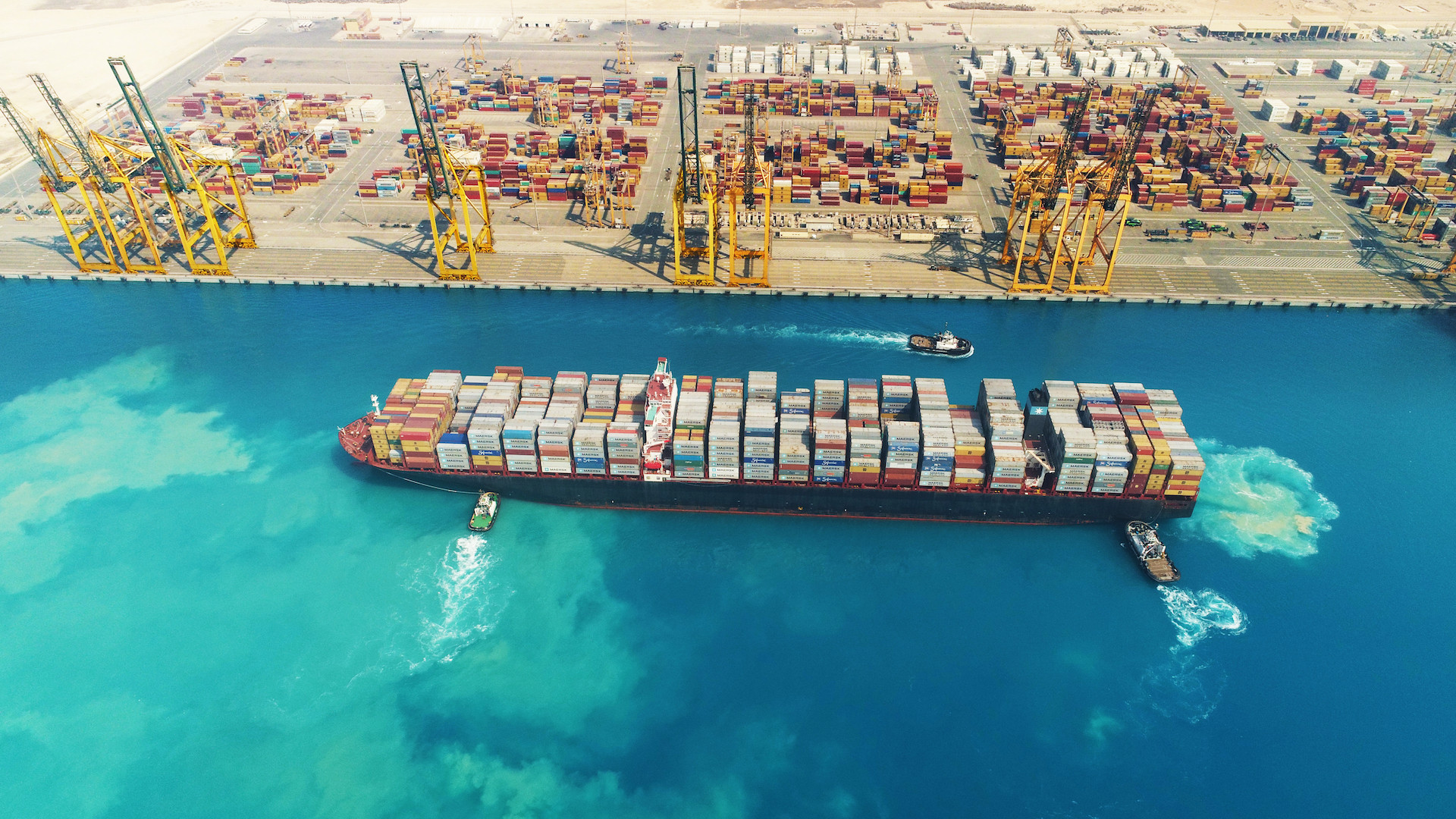Four Middle Eastern ports are among the top five ports in the second edition of the global Container Port Performance Index (CPPI) developed by the World Bank and S&P Global Market Intelligence.
CPPI is a comparable index of global container port performance intended to serve as a reference point for key stakeholders in the global economy.
At the top of the ranking for 2021 is King Abdullah Port of Saudi Arabia.
“Increasing the use of digital technology and green fuel alternatives are two ways countries can modernise their ports and make maritime supply chains more resilient,” said Martin Humphreys, lead transport economist at the World Bank and one of the researchers behind the index.
Additionally, in the top five spots are Port Salalah in Oman, Hamad Port in Qatar and Khalifa Port in Abu Dhabi.
The ranking is based on the time vessels spent in ports to complete their workload in the previous year.
“Inefficient ports represent a significant risk for many developing countries in that they can hinder economic growth, harm employment, and increase costs for importers and exporters. In the Middle East, heavy investments in container port infrastructure and technology are proving to be effective,” commented Humphreys.
The new report also highlights the resilience of East Asian ports and the ability of Chinese ports to deal effectively with the challenges posed by the pandemic. China holds three places in the top ten with gateways, Shanghai (Yangshan), Ningbo and the southern port of Guangzhou.
Last year’s “winner” Yokohama in Japan fell to 10th place in this year’s ranking.
“The pandemic highlighted in stark terms the pivotal role port performance plays in the timely supply of goods to countries and their populations,” said Turloch Mooney, associate director, maritime and trade at S&P Global Market Intelligence.







